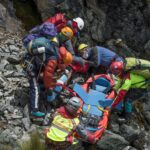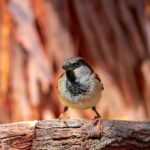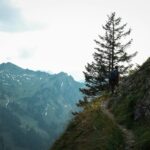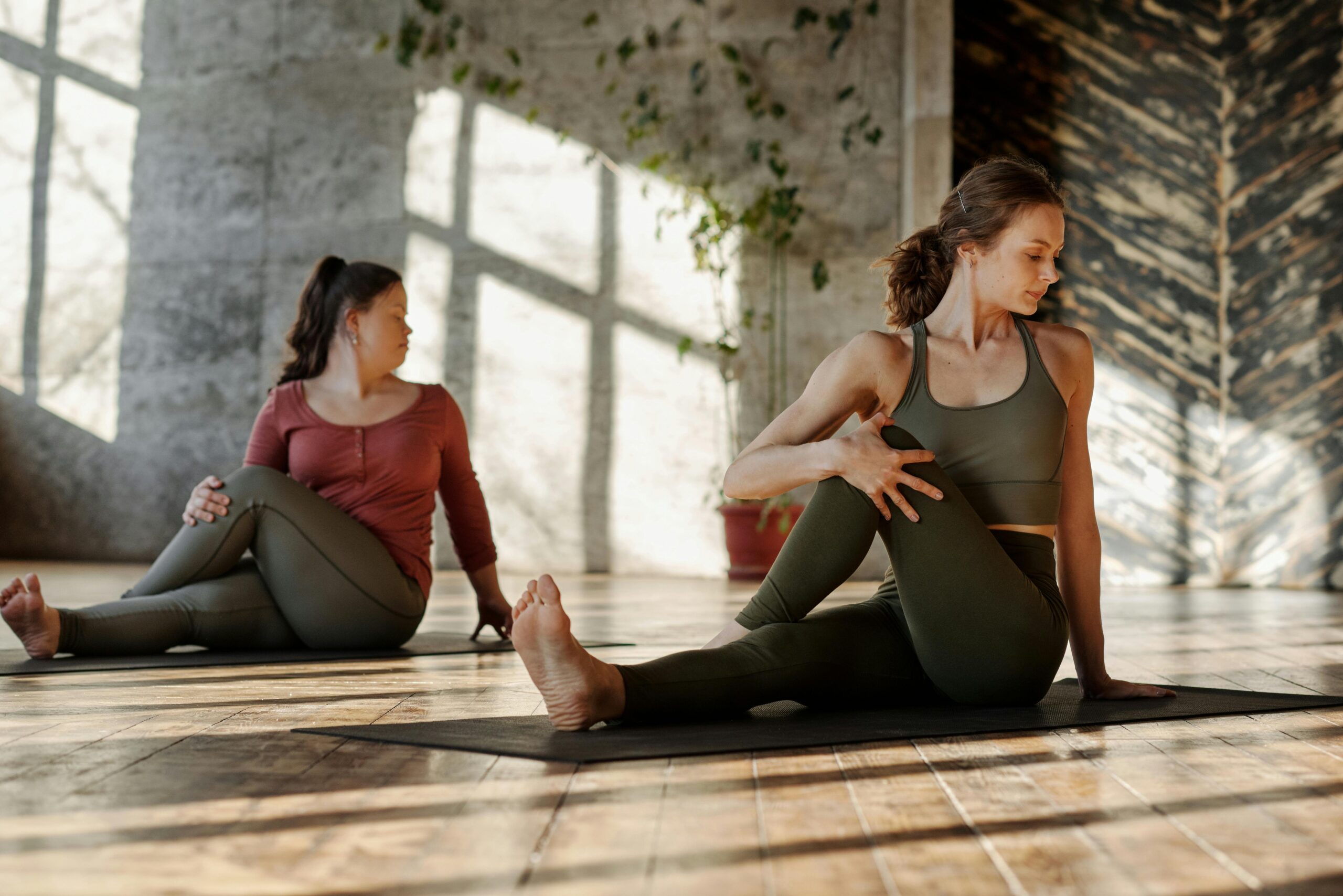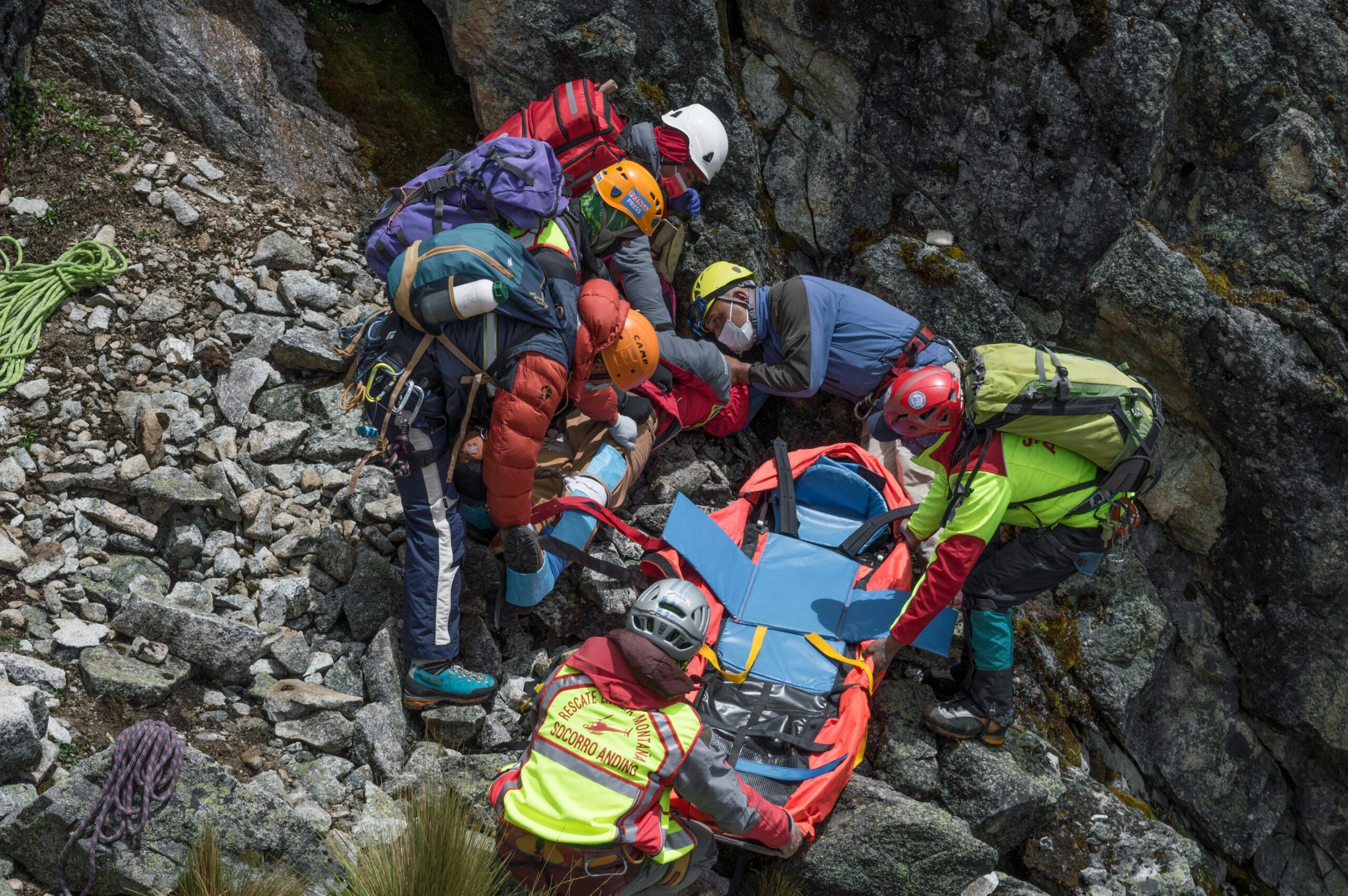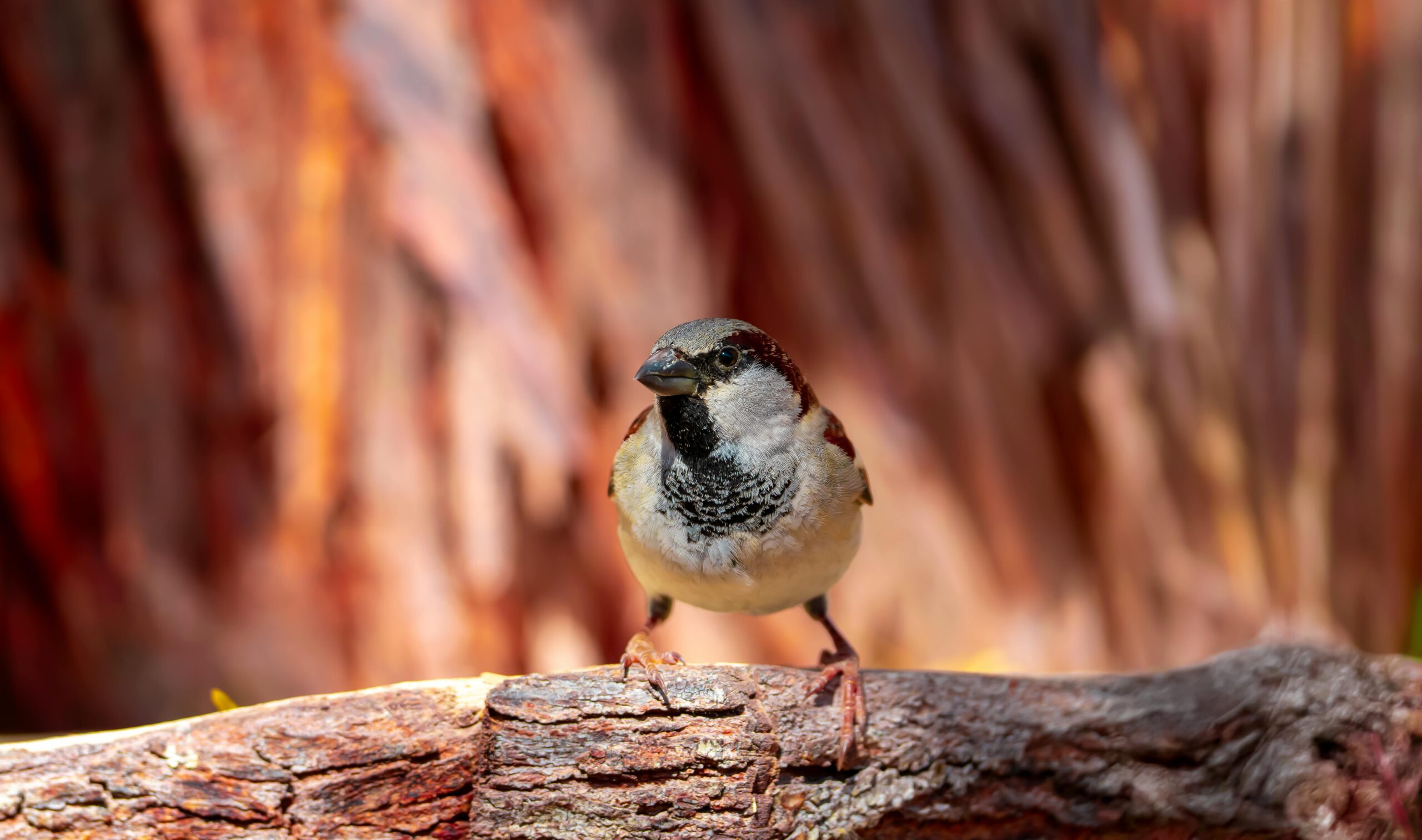Campfire Alchemy: Transforming Your Backpacking Trip with Gourmet Wilderness Cooking
Introduction
As a nature photographer and wildlife enthusiast, I’ve often found that the best moments in the wilderness are not just about capturing stunning images, but also about the experiences that make those moments unforgettable. One of the most overlooked yet transformative aspects of backpacking is the art of campfire cooking. Imagine turning your hiking trips into gourmet adventures, where every meal is a celebration of flavor and the great outdoors. In this piece, we’ll delve into the secret campfire cooking techniques, trail etiquette tips, and innovative meal planning hacks that will elevate your backpacking experience to a five-star culinary journey.
The Magic of Campfire Cooking
Grilling, Smoking, and Dutch Oven Delights
Campfire cooking is an art form that goes beyond mere survival meals. Techniques like grilling, smoking, and using a Dutch oven can infuse your dishes with distinct, smoky flavors that are hard to replicate in a traditional kitchen.
-
Grilling: Whether you’re cooking over an open flame or using a portable grill, grilling brings out the natural flavors of your ingredients. For a gourmet twist, try marinating your protein in a mixture of olive oil, lime juice, garlic, and cilantro before grilling, as seen in the campfire fajitas recipe.
-
Smoking: Smoking adds a rich, deep flavor to your meals. Consider using a smoker or even just low-heat coals to slow-cook your food. The result is tender, flavorful meat that’s perfect for a hearty backpacking meal.
-
Dutch Oven: A Dutch oven is a versatile tool that can be used for baking, stewing, and even frying. It’s ideal for campfire cooking because it distributes heat evenly and can be used over coals or on a grill. Try making a homemade meatloaf or roasting vegetables in your Dutch oven for a satisfying meal.
Gourmet Campfire Recipes
Campfire Fajitas
One of the most delightful and easy-to-make gourmet campfire dishes is fajitas. Here’s a quick rundown of how to make them:
- Marinade: Whisk together olive oil, lime juice, garlic, and cilantro. Add your chosen protein (chicken, steak, or shrimp) and marinate for at least 30 minutes.
- Cook the Protein: Grill or cook the protein in a cast iron skillet over the campfire until it’s cooked through.
- Sauté Vegetables: Add sliced bell peppers, onions, and any other desired vegetables to the skillet. Cook until they are softened and slightly charred.
- Assemble: Warm tortillas over the fire, fill with the cooked protein and vegetables, and top with your favorite toppings like guacamole, pico de gallo, and sour cream.
Trail Etiquette and Meal Planning Hacks
Leave No Trace
When cooking in the wilderness, it’s crucial to follow the Leave No Trace principles. This includes disposing of waste properly, using biodegradable soap, and avoiding sensitive habitats. Remember, your campsite should look the same when you leave as it did when you arrived.
Meal Planning
Planning your meals in advance can make a significant difference in your backpacking experience. Here are a few tips:
- Pack Lightweight Ingredients: Choose ingredients that are lightweight and have a long shelf life. Dried herbs, spices, and oils can add a lot of flavor without the weight.
- Use Multi-Purpose Ingredients: Ingredients like olive oil and lime juice can be used in multiple dishes, reducing the amount of gear you need to carry.
- Cook in Bulk: Cooking meals in bulk can save time and fuel. Consider making large batches of rice, beans, or stews that can be reheated throughout your trip.
Photography Tips for Capturing Your Culinary Adventures
Lighting
When capturing your campfire cooking, lighting is key. Natural light during the golden hour can add a warm, inviting glow to your photos. If you’re cooking in the evening, use the soft light of the campfire to create a cozy atmosphere.
Composition
- Use the Campfire as a Prop: The campfire itself can be a great prop. Capture the flames, the cooking process, and the people enjoying the meal.
- Highlight the Ingredients: Show the fresh ingredients you’re using. This adds a layer of authenticity and makes the dish more appealing.
- Capture the Moment: Don’t just focus on the food; capture the moments around the campfire. People laughing, sharing stories, and enjoying their meals can make for some of the most memorable photos.
Equipment
- Camera: A DSLR or mirrorless camera with good low-light performance is ideal for capturing campfire scenes.
- Lenses: A wide-angle lens can help you capture the entire campsite, while a macro lens can zoom in on the details of the food.
- Tripod: A tripod is essential for low-light photography. It helps stabilize the camera, allowing you to take sharper photos.
Conclusion
Transforming your backpacking trip into a gourmet culinary adventure is not just about the food; it’s about the experience. By mastering the art of campfire cooking, following trail etiquette, and capturing your moments through photography, you can turn every hike into a memorable journey. So, the next time you’re out in the wilderness, remember: the campfire is not just for warmth; it’s a culinary canvas waiting to be explored.
References:
- Mastering the Art of Outdoor Cooking: A Culinary Adventure
- Campfire Fajitas Recipe: Gourmet Twist
- Alchemy Grills
Discover the wild, one frame at a time—explore, capture, and protect the beauty of our natural world 🌲📸 #CampfireCooking #BackpackingTips #NaturePhotography #WildernessCuisine #GourmetAdventures #LeaveNoTrace #OutdoorCooking


